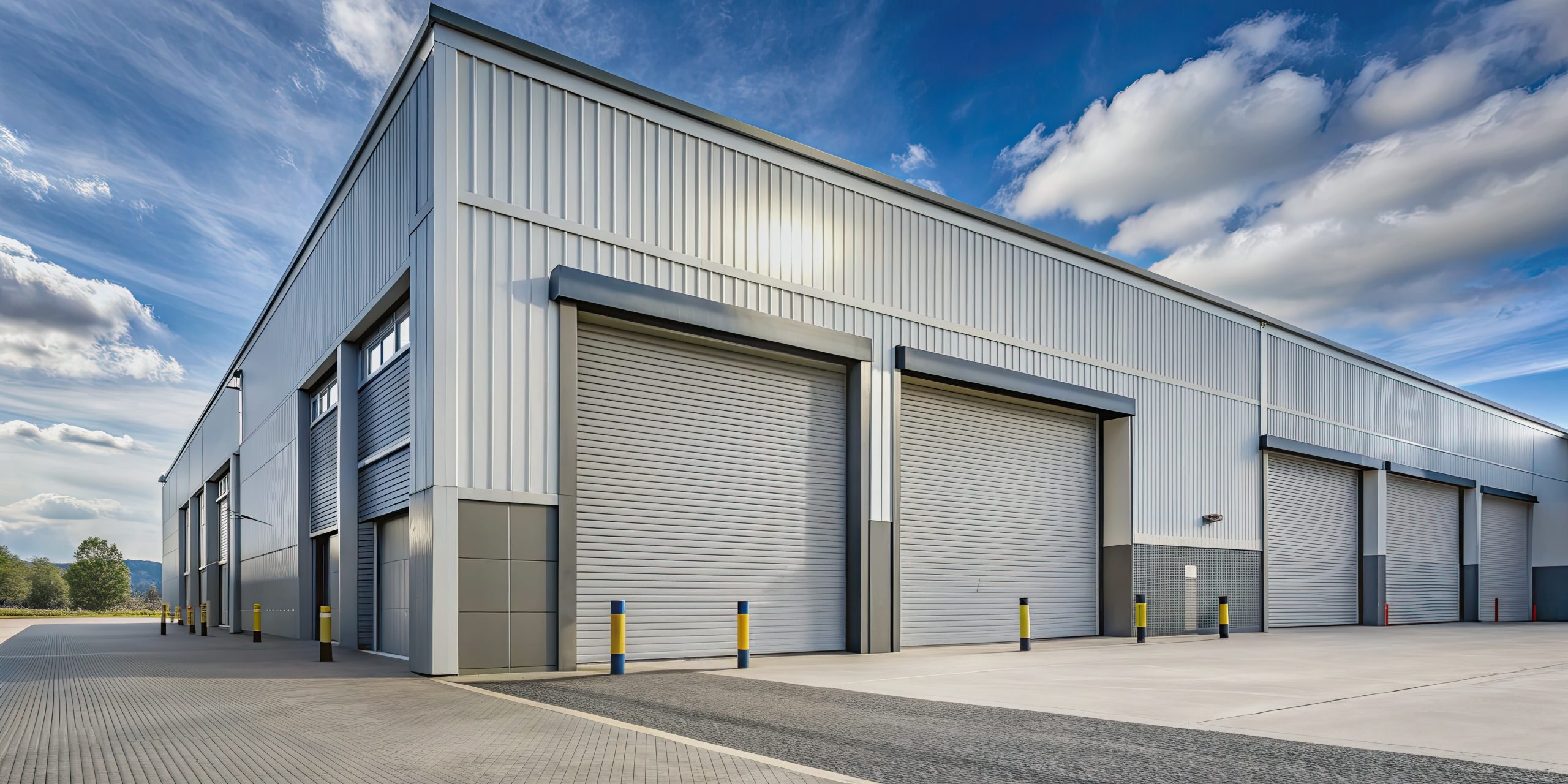As 2025 begins, the U.S. warehousing market is undergoing significant changes that are reshaping the logistics landscape. With the warehouse vacancy rate rising to 7.2% in November 2024—up from 4.8% in 2023 and a low of 3.4% at the end of 2021—WNY manufacturers must understand these shifts and prepare their operations accordingly. This article explores what these developments mean for manufacturers and offers actionable strategies to adapt.
UNDERSTANDING THE CURRENT MARKET DYNAMICS
The increase in warehouse vacancies reflects a market adjustment following unprecedented demand during the pandemic. Key factors contributing to this trend include:
- High New Supply: Over 310 million square feet of new warehouse space was completed in 2023, leading to an oversupply.
- Softening Demand: For many manufacturers, the pendulum is swinging back toward more rational inventory strategies. Economic uncertainties and changing consumer behaviors have prompted businesses to reevaluate their inventory needs, resulting in decreased leasing activity.
These dynamics present both challenges and opportunities for our local manufacturing community.
IMPLICATIONS FOR LOCAL MANUFACTURERS
- Potential for Lower Rental Costs
With rising vacancy rates, landlords may be compelled to lower lease rates to attract tenants. For manufacturers, this could mean more favorable leasing terms for warehousing space, allowing them to reduce overhead costs associated with storage. - Reevaluation of Inventory Management
As demand softens, manufacturers may find it beneficial to reassess their procurement and inventory management strategies. This includes optimizing safety and cycle stock levels (there is a difference!) based on current market conditions and consumer demand, which can help mitigate excess inventory costs and reduce working capital needs. - Focus on Automation and Efficiency
The current environment may prompt manufacturers to invest in automation and technology to enhance operational efficiency. By streamlining processes and reducing reliance on manual labor, manufacturers can better navigate labor shortages and rising operational costs. - Strategic Partnerships with Logistics Providers
As the warehousing landscape evolves, forming strategic partnerships with third party logistics providers (3PLs) can offer manufacturers greater flexibility and access to resources. This can help manufacturers to optimize their supply chains and improve distribution efficiency without significant capital needed.
PREPARING FOR THE FUTURE
To effectively navigate these changes, local manufacturers can take several proactive steps:
- Conduct a Supply Chain Audit: Evaluate current supply chain practices to identify areas for improvement and cost savings.
- Invest in Technology: Explore automation solutions that can streamline operations, such as warehouse management systems (WMS) or robotics.
- Enhance Flexibility: Develop flexible production schedules (reduce lead times, smaller runs, etc.) that can quickly adapt to changing market conditions and minimize excess inventory.
- Work with Your Suppliers: Have your procurement team engage with key suppliers and collaborate to reduce lead times and order quantities. Consider re-sourcing if your supplier relationship requires significant inventory investment.
CONCLUSION
Our supply chain is still out of synch. Large warehousing companies ramped up capital investments coming out of the pandemic, bringing a significant amount of new capacity on line. Unfortunately, this new capacity came on line as demand has softened. As a result, the warehouse vacancy rate has doubled from 3.4% to 7.2% in just three years.
These shifting dynamics present both challenges and opportunities for local manufacturers as we move into 2025. By understanding these trends and implementing strategic adjustments, manufacturers can position themselves for success in an evolving landscape. Embracing innovation, optimizing operations, and fostering partnerships will be key to thriving amidst these changes.
